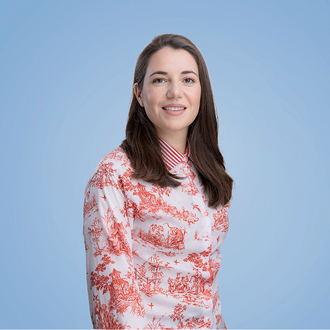The research group dedicates itself to basic research and applied science in the fields of learning and memory. The focus here is on the following research questions: What are the bases of good memory capacity?
How do individual differences in perception and the use of strategies affect our memory performance and recall ability? Are perceptive faculties and memory capacity improved through training? How can learning and recall be optimised in everyday life?
To research these and other questions, the research group also repeatedly investigates people from specific population groups such as grapheme-colour synaesthetes or colour experts in addition to people from the general population. In grapheme-colour synaesthesia, black on white printed letters and/or figures trigger colour experiences. For example, the letter A may always trigger a red colour experience for a synaesthete. Colour expertise concerns extraordinary capacities in the perception of colours which have been acquired due to intensive involvement with colour (e.g. through painting).
Methodologically, the research group uses behavioural measurement, psychophysiological correlatives (electrodermal activity) and neurophysiological correlatives (electroencephalography). Other methodological interests of the research group are the use and development of information technologies. This involves the use of web applications, which can be accessed through a variety of devices (smartphones, tablets and desktop computers).
The use of new information technologies not only has the advantage that laboratory-based findings can be investigated in more representative samples of the general population, but also offers the opportunity of examining findings from basic research in application-based studies for everyday relevance. The specific interest of the research group is therefore the optimisation of learning and recall processes in everyday life.
 MSc Martina Kälin Research and Teaching Assistant
MSc Martina Kälin Research and Teaching Assistant  Dr Anastasios Ziogas Post-doctoral Student
Dr Anastasios Ziogas Post-doctoral Student 





